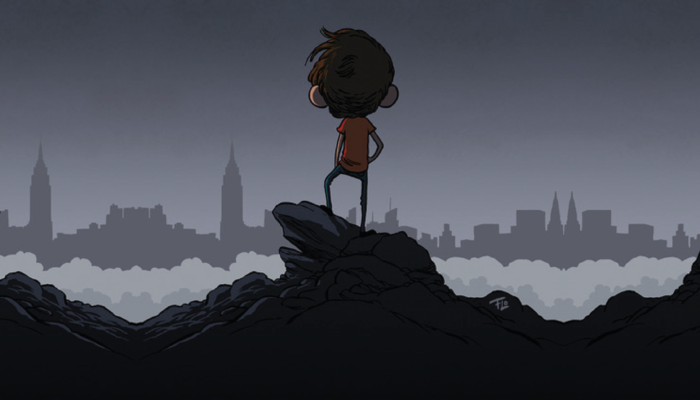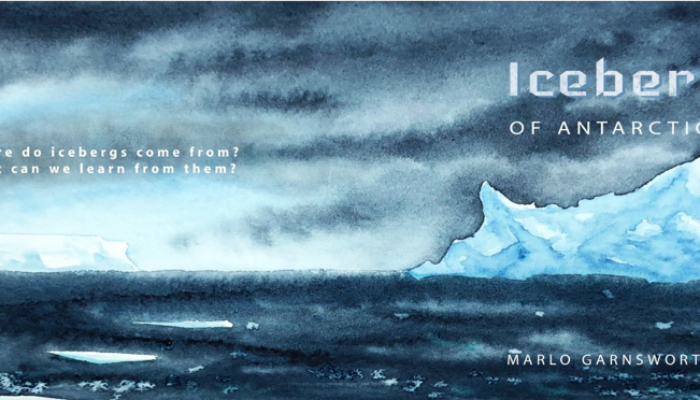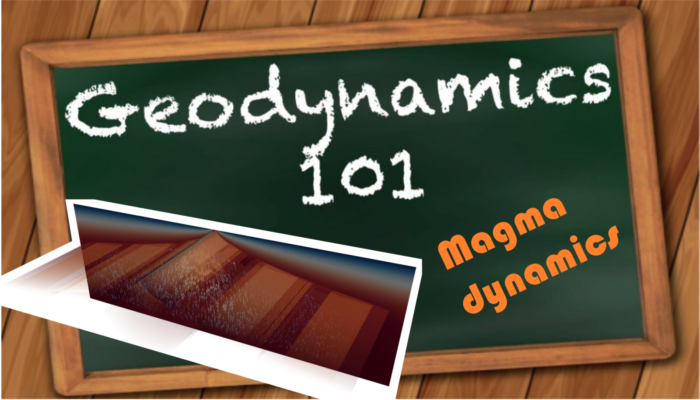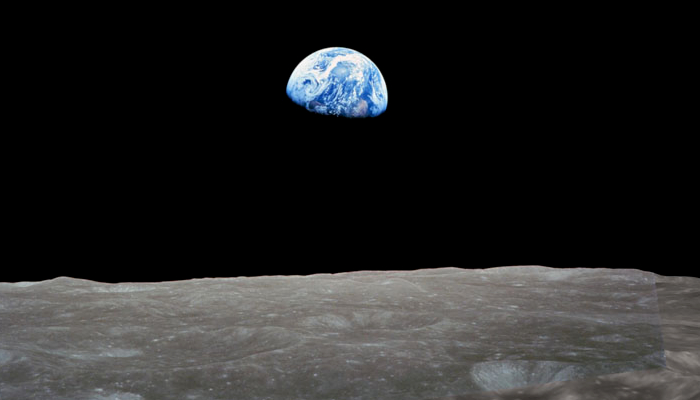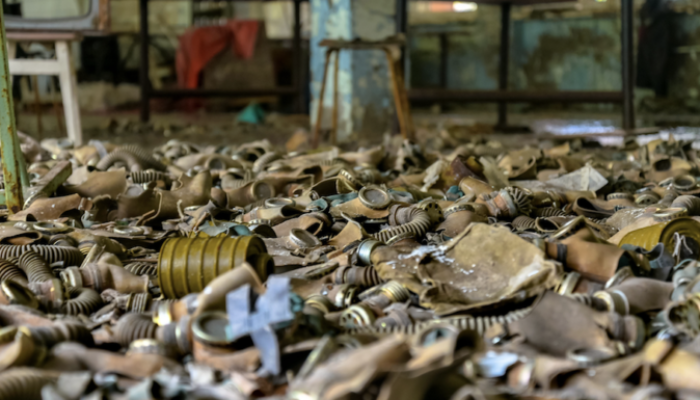Doing science is not a walk in the park. In fact, it might be closer to dancing on a volcano. Dan Bower, CSH and Ambizione Fellow at the University of Bern, Switzerland, takes full advantage of the creative freedom of a blog post to reiterate that scientific progress is not a straight-forward endeavour. We all learn early in our education about the scientific method—the scientific approach t ...[Read More]
Stratigraphy, Sedimentology and Palaeontology
The hard part of life: the secrets of biomineralization
Biomineralization is a fascinating natural process by which living organisms produce hierarchical mineral structures with diverse functions. The “secrets” of biomineralization are explored by the scientists since decades but there are still open questions regarding its function, the regulating mechanisms and why and when biomineralization started.This process occurs through self-organization of or ...[Read More]
Cryospheric Sciences
Cryo-Comm – Capturing Ice
In this week’s blogpost, author, editor, artist, and outreach expert Marlo Garnsworthy gives some insights into her recent trip to Iceberg Alley, gives you some tips on how to communicate icy science, and shows us her inspirational artwork. If you’re reading this, ice may be on your mind. Ice is surely on mine. During my day job as a creative and editor, I dip frequently into Twitter for the lates ...[Read More]
Geodynamics
The Sassy Scientist – Earthquake Exoteries Nr. II
Every week, The Sassy Scientist answers a question on geodynamics, related topics, academic life, the universe or anything in between with a healthy dose of sarcasm. Do you have a question for The Sassy Scientist? Submit your question here or leave a comment below. In a comment on a post about the key papers in geodynamics, the Curmudgeonly Commenter asked: Could you please point out some exceptio ...[Read More]
Seismology
Seismology Job Portal
On this page we regularly update open positions in Seismology. Do you have a job on offer? Contact us at ecs-sm@egu.eu
Geodynamics
Magma dynamics
In this week’s Geodynamics 101 post, Juliane Dannberg, Assistant Professor at the University of Florida, outlines the role of mantle melt generation and transport in geodynamics. Mantle melting and magma transport are important influences on the dynamics and chemical evolution of the Earth’s interior. All of Earth’s oceanic crust and depleted oceanic lithosphere is generated through melting ...[Read More]
Hydrological Sciences
Hydrologists Join Youth-Led #GlobalClimateStrike
In a powerful sign of solidarity, adults from across an estimated 185 countries took to the streets to join last Friday’s youth-led Global Climate Strike, the largest climate protest in history. Among those in attendance were hydrologists from around the world, who stood shoulder to shoulder with young people to support their calls for immediate climate action. As a hydrologist who participa ...[Read More]
Tectonics and Structural Geology
Beyond Tectonics: Can only tectonically active planets sustain life?
This edition of “Beyond Tectonics” is brought to you by David Waltham. David is a professor of Geophysics at Royal Holloway who studies Geology, Astronomy and Astrobiology. His current research focus is on whether the Earth is “special” because it is habitable, or if the Earth is one of a vast amount of life-bearing planets. “Is Earth Special? Do we live on a typical rocky ...[Read More]
Geodynamics
Climate protests at the start of Global Week for Future
For months, students have skipped school on Fridays to ask for more action against climate change. To kick off the Global Week for Future, last Friday saw thousands of demonstrations in many countries around the globe, with not only high school students joining the fray, but people from all walks of life. GFZ Potsdam’s Bernhard Steinberger and Thilo Wrona share their experiences in Potsdam and Ber ...[Read More]
Cryospheric Sciences
Climate Change & Cryosphere – Summer 2019: The year that the Arctic was sunburned
June, July and August 2019 saw extensive heat waves across Europe, with air temperatures reaching above 40°C in many countries. In response, record breaking ice melt was observed in Greenland and wildfires in Siberia, Alaska, Arctic Canada and Greenland occurred. A particularly dry and warm summer was responsible for hemisphere-wide changes to the cryosphere. In this week’s post, we will review so ...[Read More]

